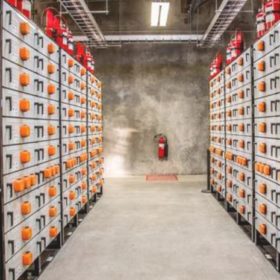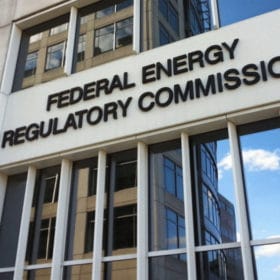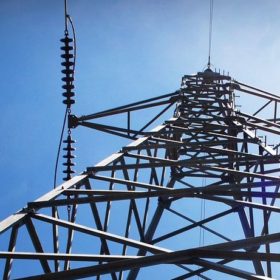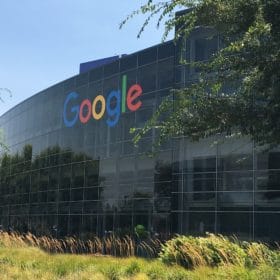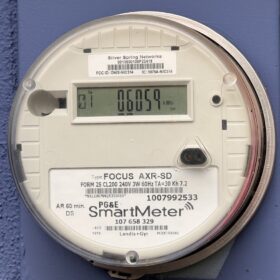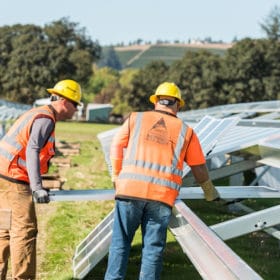Members of Congress urge Trump to impose tough tariffs on solar
Eleven members of Congress – eight representatives and three senators – sent letters to President Trump imploring him to impose “strong and effective remedies” to protect American solar module manufacturing from foreign competition.
Puerto Rico welcomes solar: An interview with San Juan Mayor Yulín Cruz
Three months after Hurricane Maria hit Puerto Rico, about half the capital San Juan is still waiting for the lights to come back on. In this interview with journalist Daniella Cheslow, Mayor Carmen Yulín Cruz says this is an opportunity for private capital to help transform the city and the territory into a solar laboratory.
Edison Electric Institute tries to rebrand demand charges
A joint report of the Energy and Policy Institute and the Center for Media and Democracy says utilities are trying to confuse consumers about what demand charges are and how they affect their electricity bills.
EPA seeks replacements for Clean Power Plan
The move shows an EPA struggling to comply with the Supreme Court’s CO2 endangerment finding, while still favoring coal and other fossil fuel industries.
Many changes to wind and solar finance in the final tax bill
In addition to the BEAT provision, finance experts say changes to the corporate tax rate and other elements in the tax reform bill will have multiple effects on profits from renewable energy projects, project finance, and the value of tax credits.
Tremendous demand: An interview with First Solar CEO Mark Widmar
In this interview Mark Widmar talks about the market for PV modules and his company’s supply situation, First Solar’s position in the Section 201 case, and the role he sees for solar in the future of energy.
37 energy-storage advocates ask Congress for ITC clarification
Saying a lack of definitive rules is causing uncertainty in the market, the group urged the representatives to put energy storage on the same ITC schedule as the solar industry.
Utility regulators call for changes to PURPA
The national organization representing state-level utility regulators is calling on FERC to make changes, including moving from administratively set prices to auctions.
IREC offers regulatory guide on grid modernization
Using new analytical tools and state-level case studies, the Interstate Renewable Energy Council hopes its publication will give regulators the tools they need to optimize the grid for distributed resource use.
Details of the fix: BNEF’s Nathan Serota on final form of BEAT in the tax bill
In this interview BNEF Senior Analyst Nathan Serota explains the details of the 80% offset under the new BEAT provision in the final tax reform legislation, and what this means for solar and wind finance.






